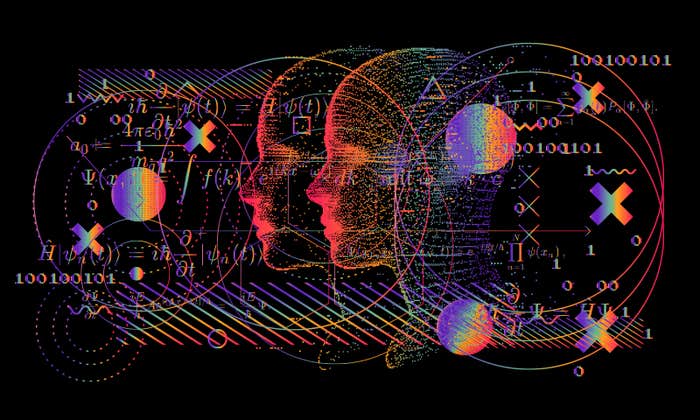One question for Péter Simor, a psychologist who directs the Budapest Laboratory of Sleep & Cognition at Eötvös Loránd University in Hungary.

What makes us lucid dream?
Lucid dreaming is quite peculiar. We become aware that we are dreaming. In normal dreaming, we lack this reflective capacity. Lucid dreamers report that these experiences are extremely vivid, fantastic, and perceptually immersive, like virtual reality. In our new paper, we wanted to explain these differences in a model using the predictive coding framework. The main idea is that the brain is a prediction-generating machine.
Say I see someone in a dream. She’s probably my sister. No, she’s my girlfriend. No, she’s my mother. My brain is trying to make the best guesses of these images. And there is no constraint, no bottom-up input coming from the external world to fit or to shape these predictions. So the brain is just jumping from one prediction to the other. What we argue is that, in lucid dreaming, this is different. I see someone that speaks, let’s say, in a language that is different from the language that I know she usually speaks. This creates a prediction error. And I’m not changing the identity of the person. Instead, I realize, “Okay, something is not going on correctly here.” This is a momentum for lucid dreaming, this prediction error, that will trigger the insight that I’m in a dream. We call this a superordinate self model: “I am dreaming. I’m lying in bed. But I’m having a dream and I’m having these ideas.” This will create a top-down model to which everything that is strange and surprising will be easy to accommodate.
Lucid dreamers many times observe that they have these extreme experiences, but they are not surprised because they know that they are in a dream. Skilled lucid dreamers can maintain this state, manipulate and monitor their attention. That’s why there’s an important concept called precision weighting, an important part of the theory of predictive coding. Precision weighting reflects the precision I assign to some kind of prediction error. Precision weighting is usually quite low when we are dreaming. We don’t really care if a house is really house-like. Its shapes are sometimes strange. We don’t really have these fine-grain details of the environment because precision is extremely low. In lucid dreaming, it becomes higher. Everything that we experience, let’s say visually, is relevant. We assign strong precision to this information. That’s why we really see the world as if it were quite real.
We hypothesize that, during lucid dreaming, we also receive a lot of information from our body. We call this interoception. We assume that this contributes to these so-called autolytic experiences in lucid dreaming—that people usually fly, levitate, or have these out-of-body experiences. It’s possible that we receive extremely strong vestibular inputs informing us of the moving body. But at the same time, we also receive information from our real body that is lying in a relaxed state in bed. This proprioceptive information informing us, conveying information of a body that is not moving, contradicts the information that we feel that we are moving. We have to solve this contradiction. We argue that the solutions for that are the experience of flying or levitating, because that really accommodates this contradictory information that our body is relaxed, but at the same time it’s moving. We assign more precision to the signals coming from our body, and this contributes to these quite frequent flying experiences in lucid dreams.
Lucid dreaming is also useful for the treatment of nightmares. Nightmares are also characterized by so-called hyper arousal. Perhaps they assign more precision to lower levels of the processing stream. That’s why people having a nightmare are frightened, because they really see frightening scenarios, but they do not realize that it’s a dream. Lucid dream techniques can help them to emulate these experiences. This is also something that researchers can examine and explore—what happens in the brain when a nightmare turns into a lucid dream. It’s a way to understand how cognition, our nervous system, and brain works. ![]()
Lead image: Khrystyna Hurelych / Shutterstock




























